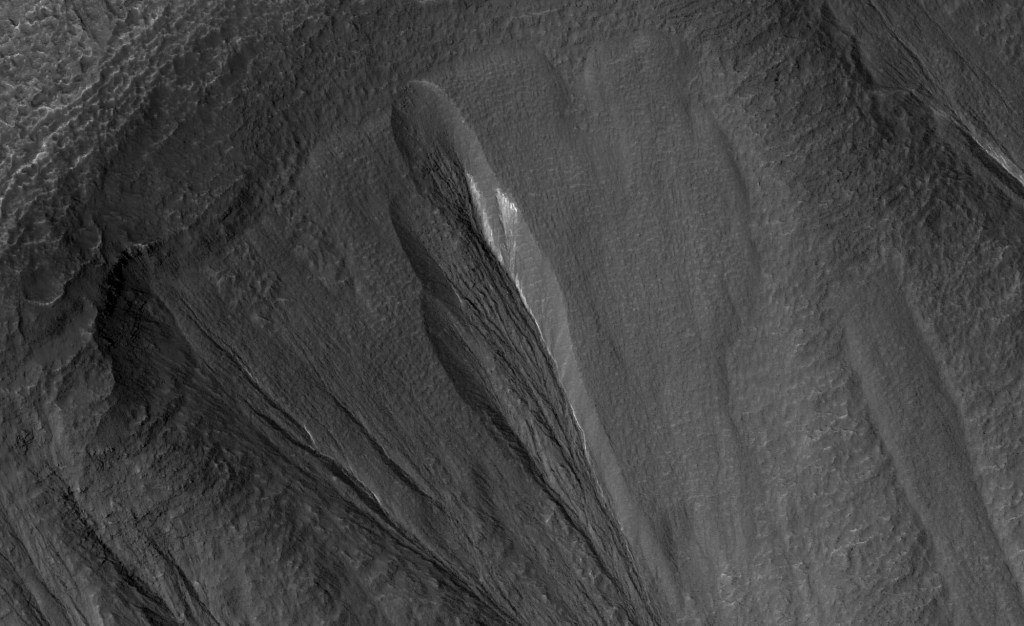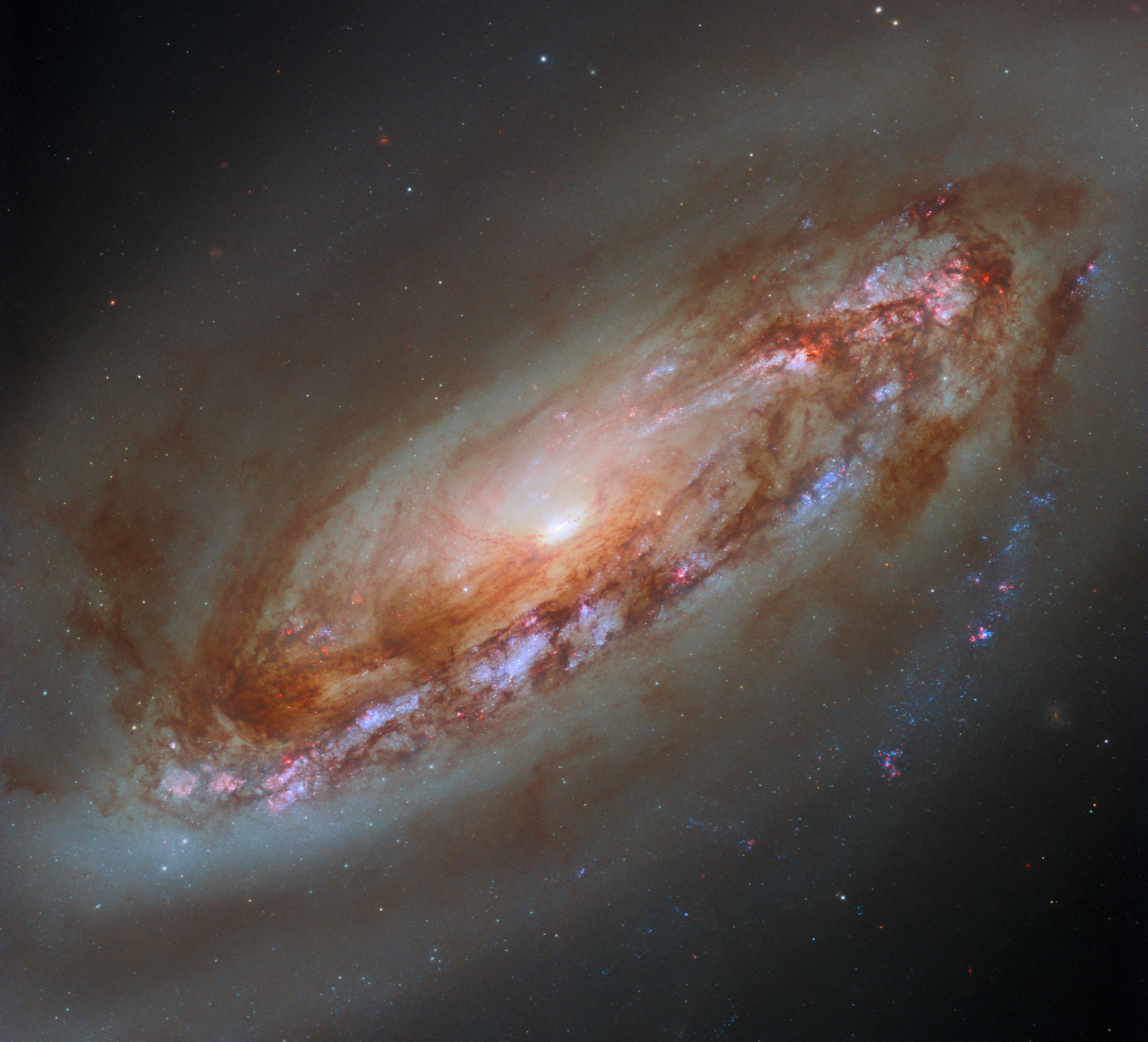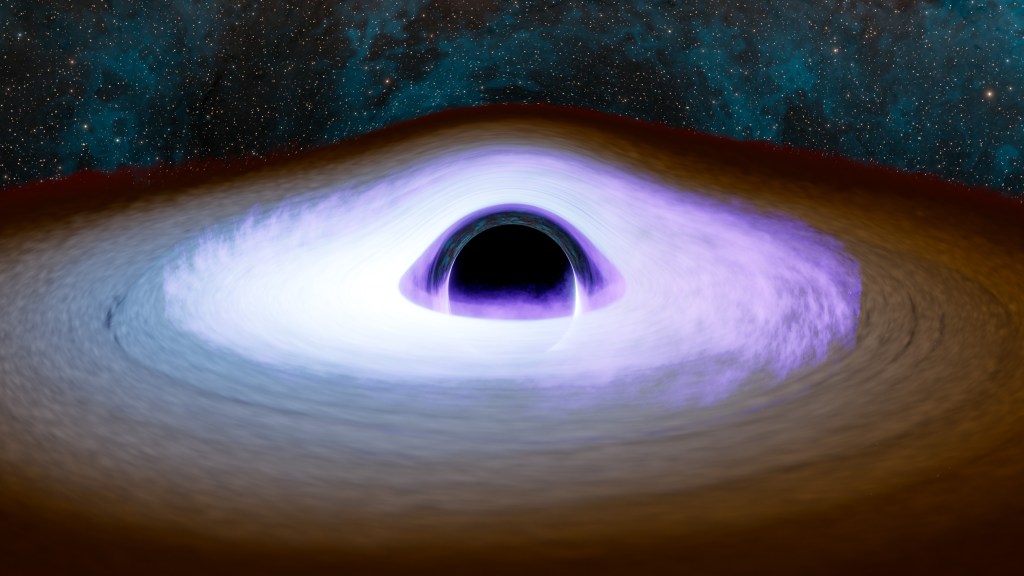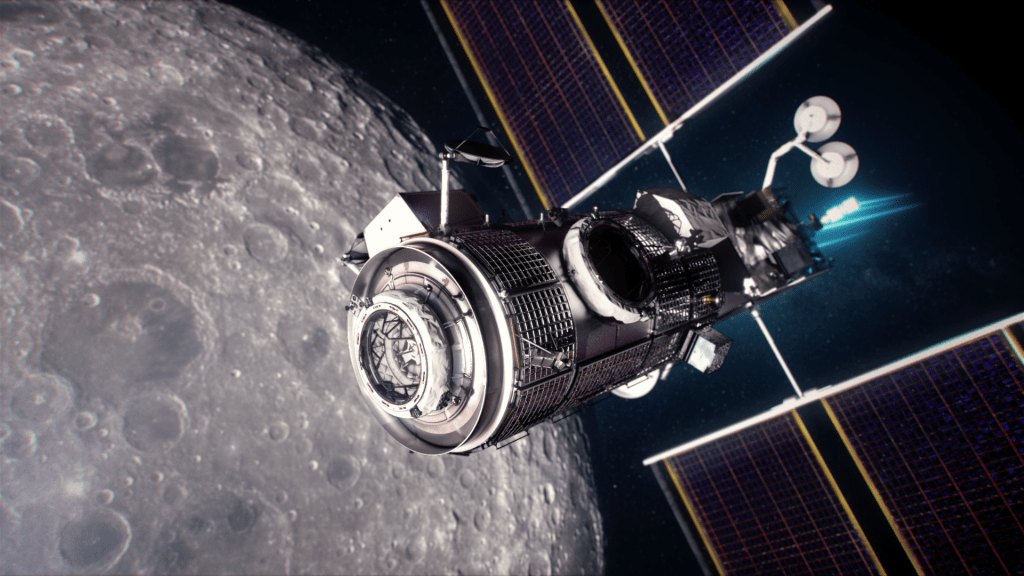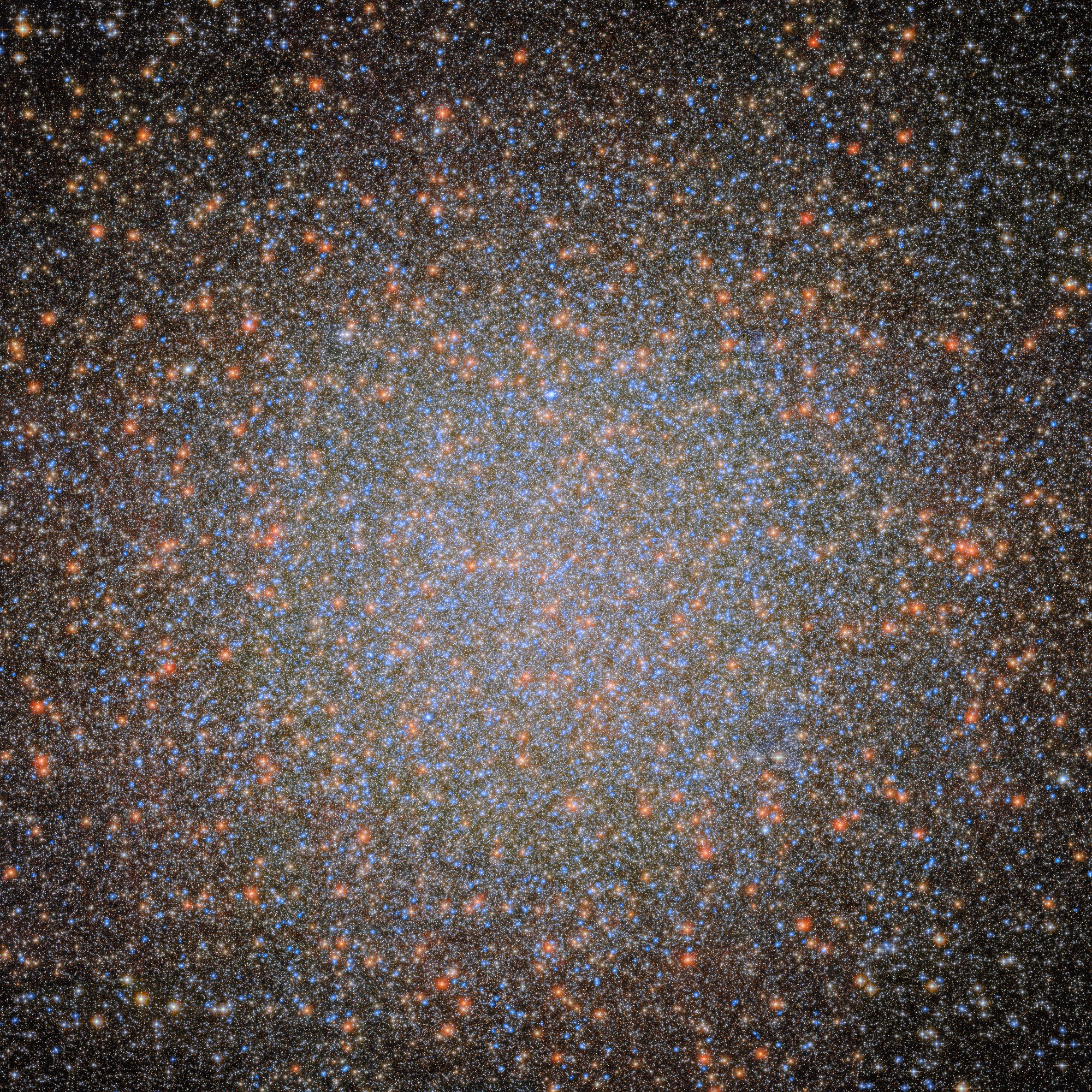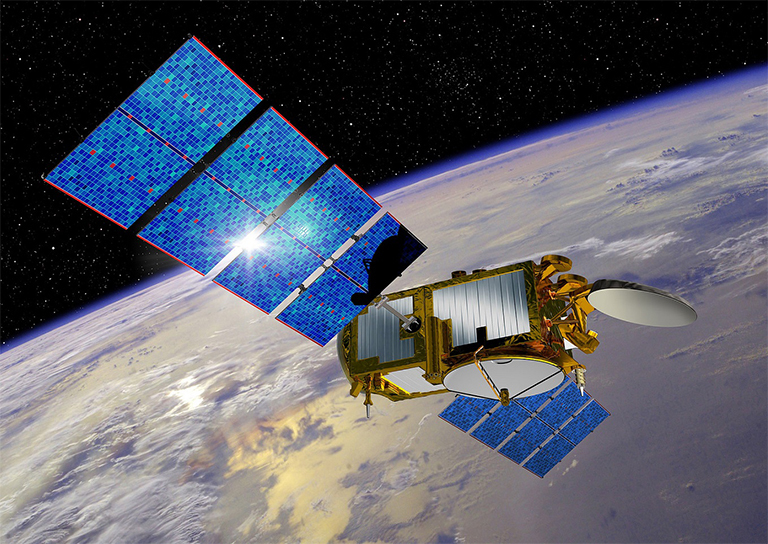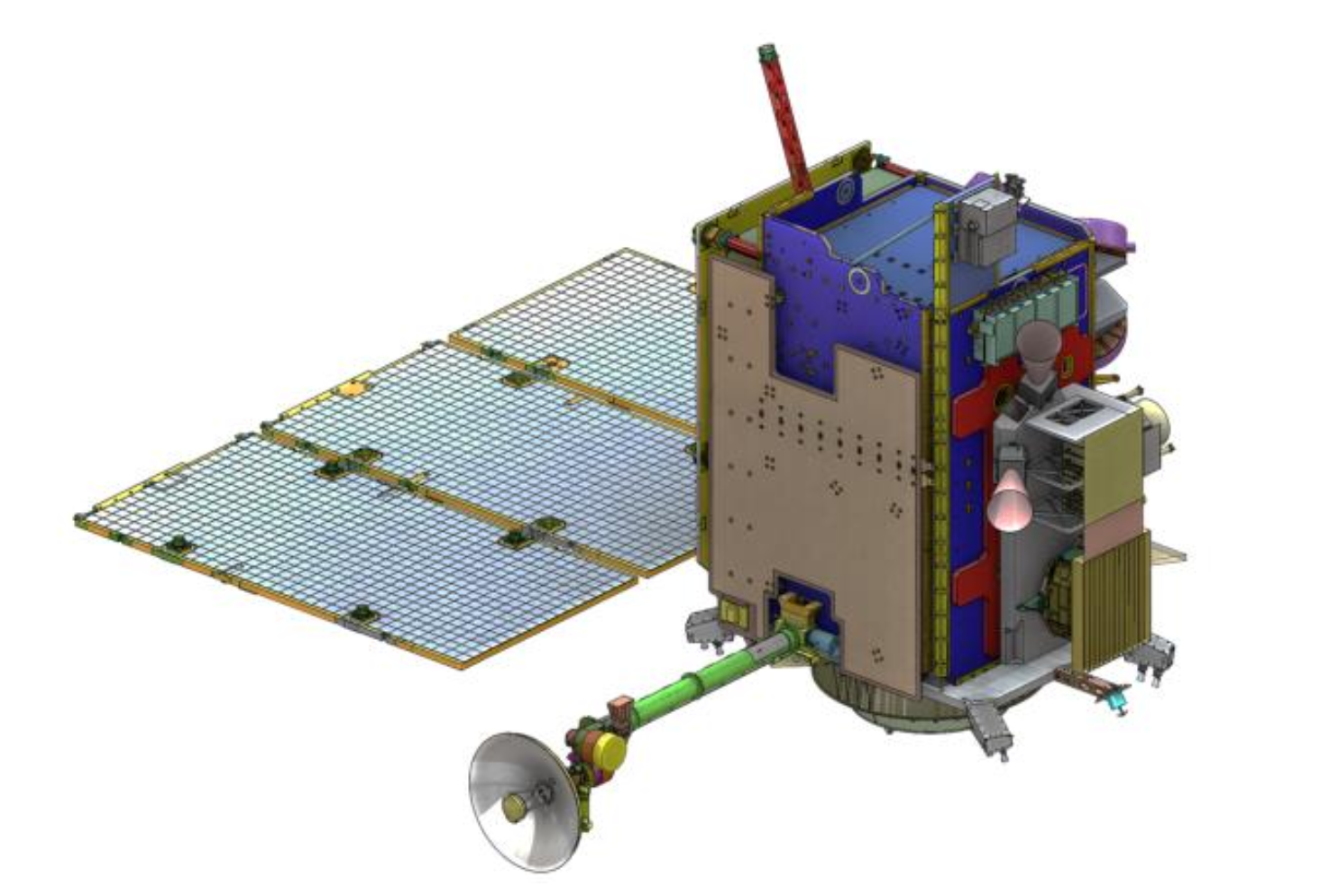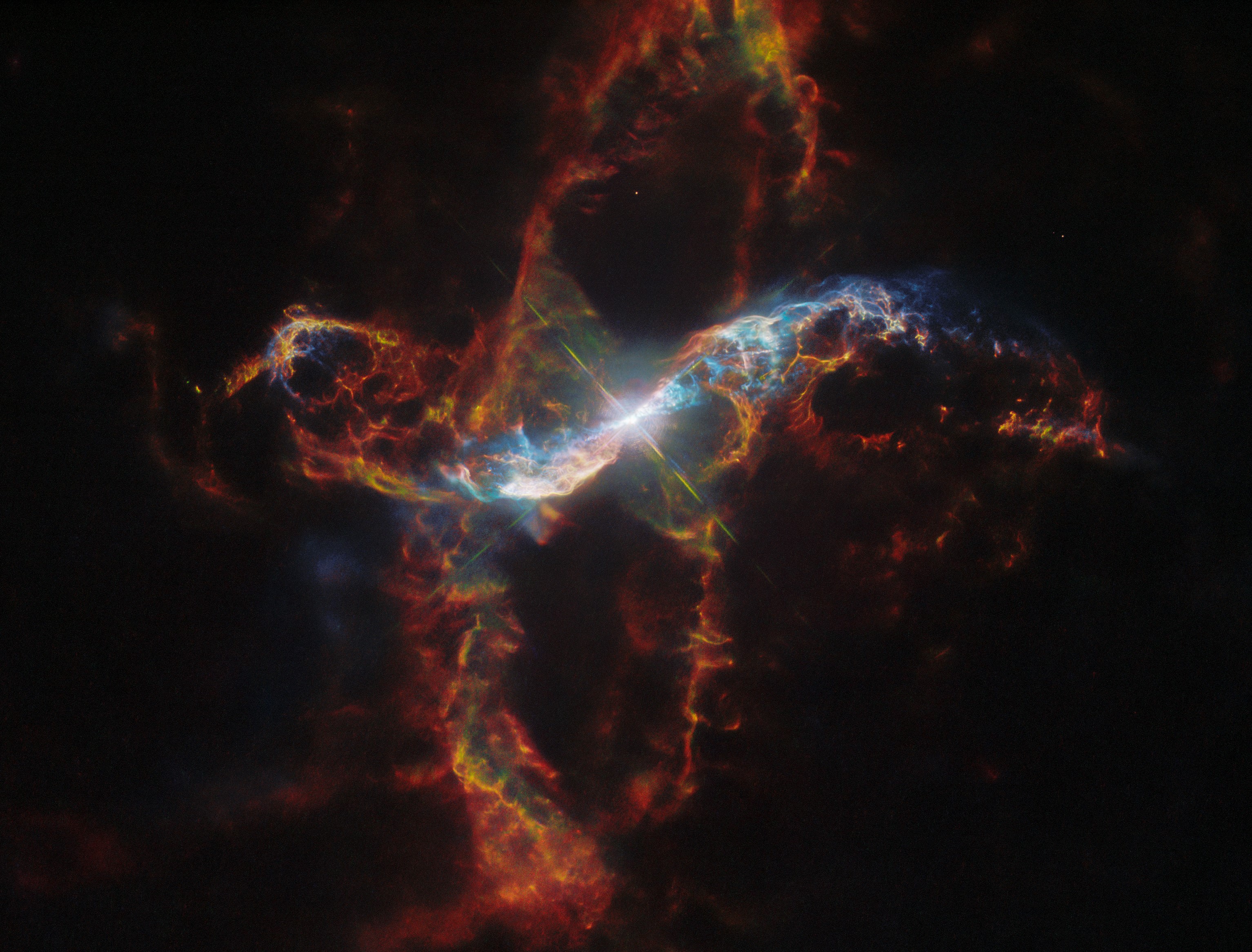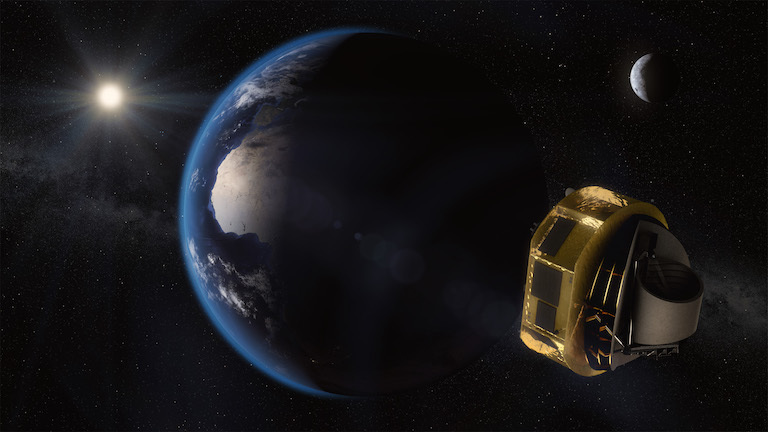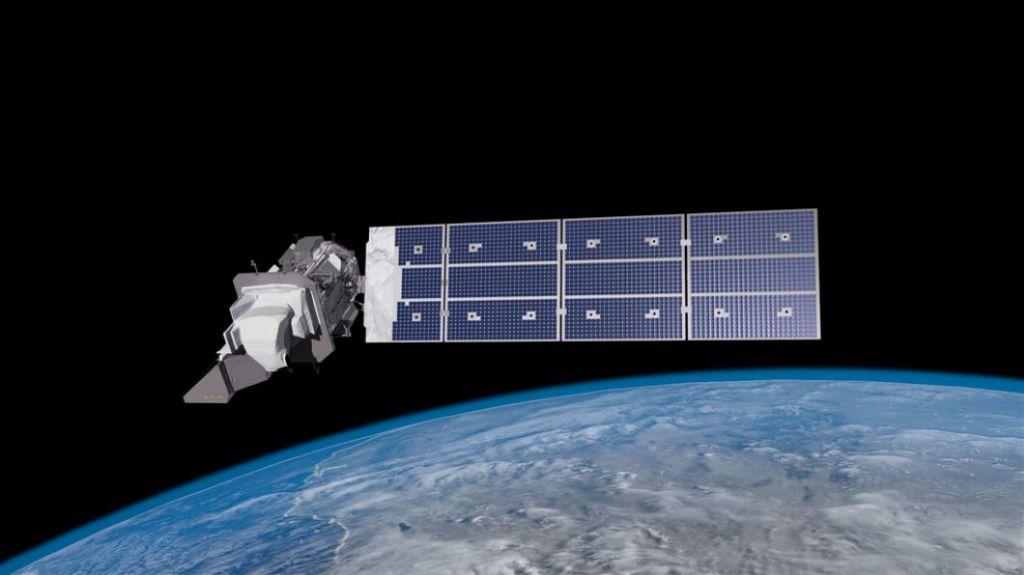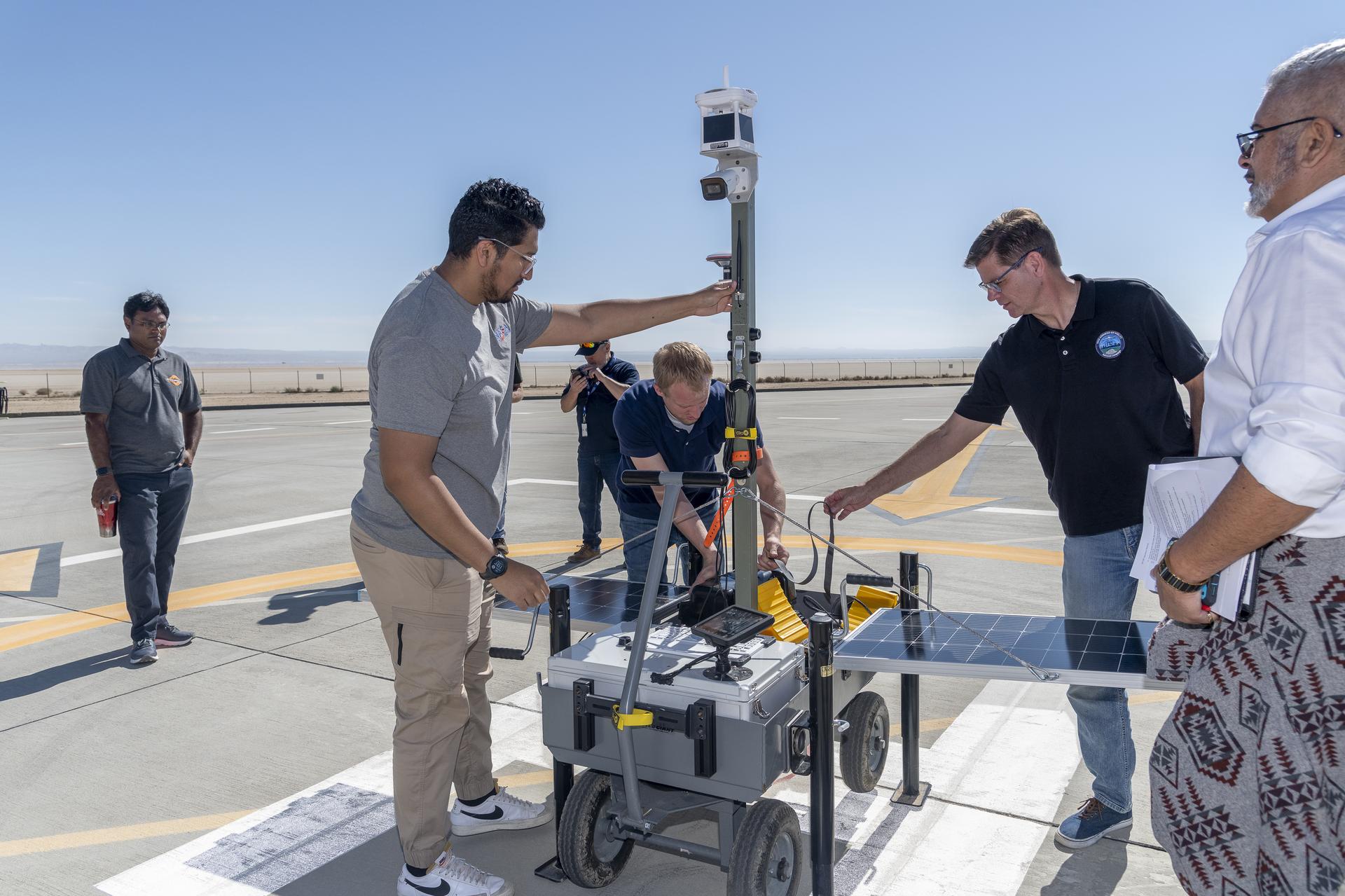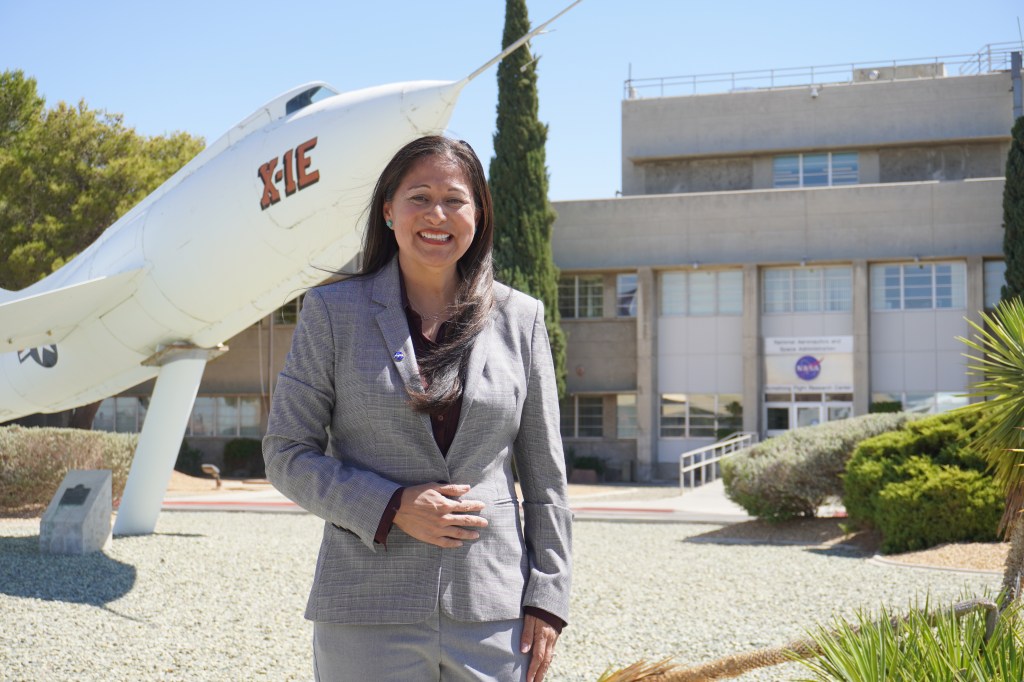Physical Processes for Early Mars
We continue to develop a dedicated version of the MGCM to simulate climate conditions on Mars in the Noachian and early Hesperian eras (roughly 3.5 to 4 billion years ago): the NASA ARC early Mars Global Climate Model (eMGCM). The eMGCM includes various special physical treatments of H2O and CO2 cloud microphysics, H2O precipitation, moist convection, and radiative transfer including collision induced absorption between CO2 molecules (Steakley et al., 2019).
The treatment of cloud microphysics in the eMGCM differs from that in the standard MGCM. A bulk cloud condensation and evaporation scheme is included for H2O and CO2 clouds in the eMGCM. Cloud mass is evenly distributed in a grid box over a constant number of cloud condensation nuclei. Gravitational sedimentation is included for H2O and CO2 clouds, and H2O precipitation can also occur if the cloud mass in a grid box exceeds a threshold. The eMGCM also has the capability to account for the radiative effects of liquid H2O clouds, H2O ice clouds, and CO2 ice clouds.
New correlated-k tables developed for the eMGCM account for gaseous CO2 and H2O absorption over 15 wavebands and the high pressures and temperatures necessary for exploring the climate effects of asteroid impacts on early Mars. We are currently working to incorporate collision induced absorption between CO2 and reducing greenhouse gases H2 and CH4 into the radiative transfer code. Reducing gases such as these could have been injected into the early Mars atmosphere by impacts and/or volcanism.

